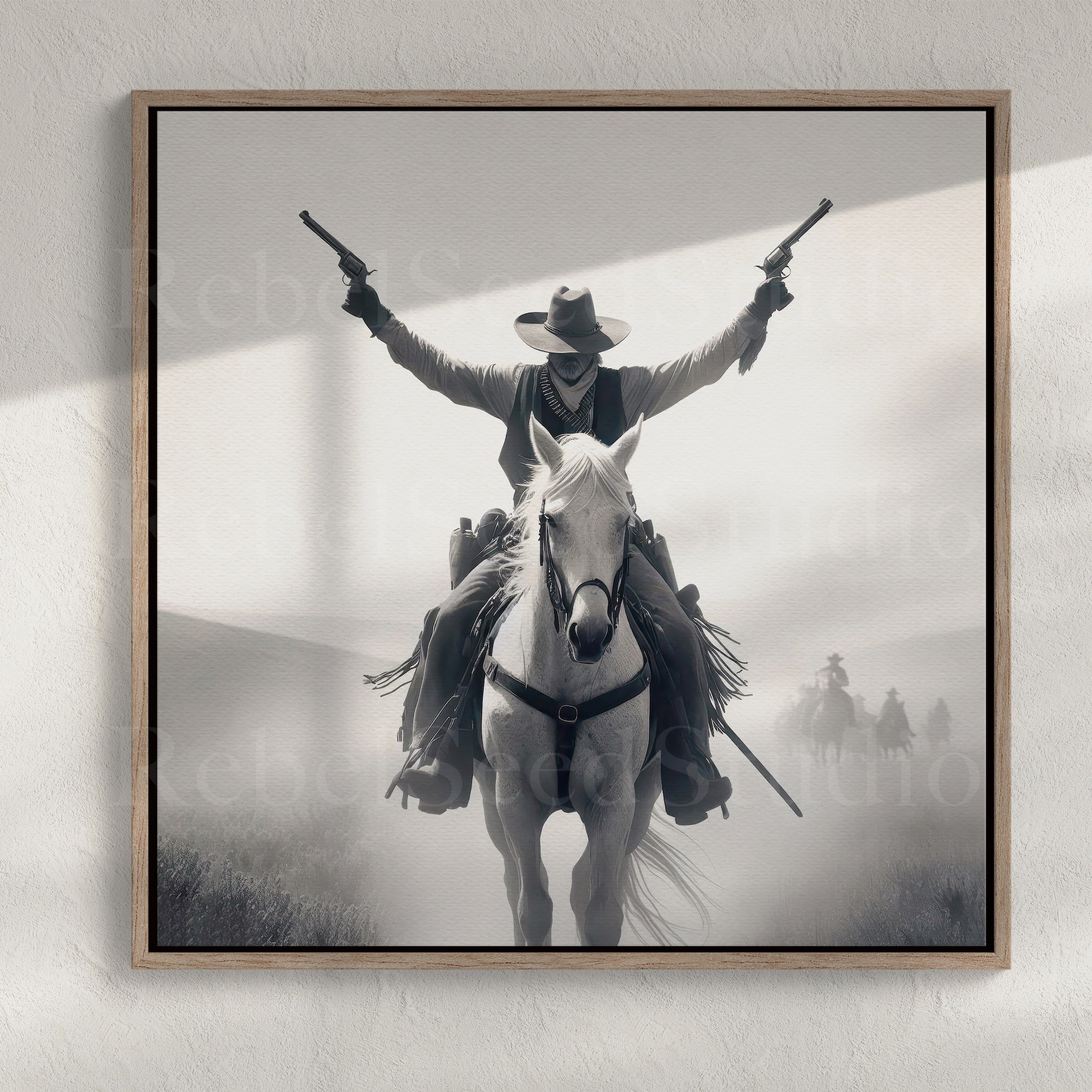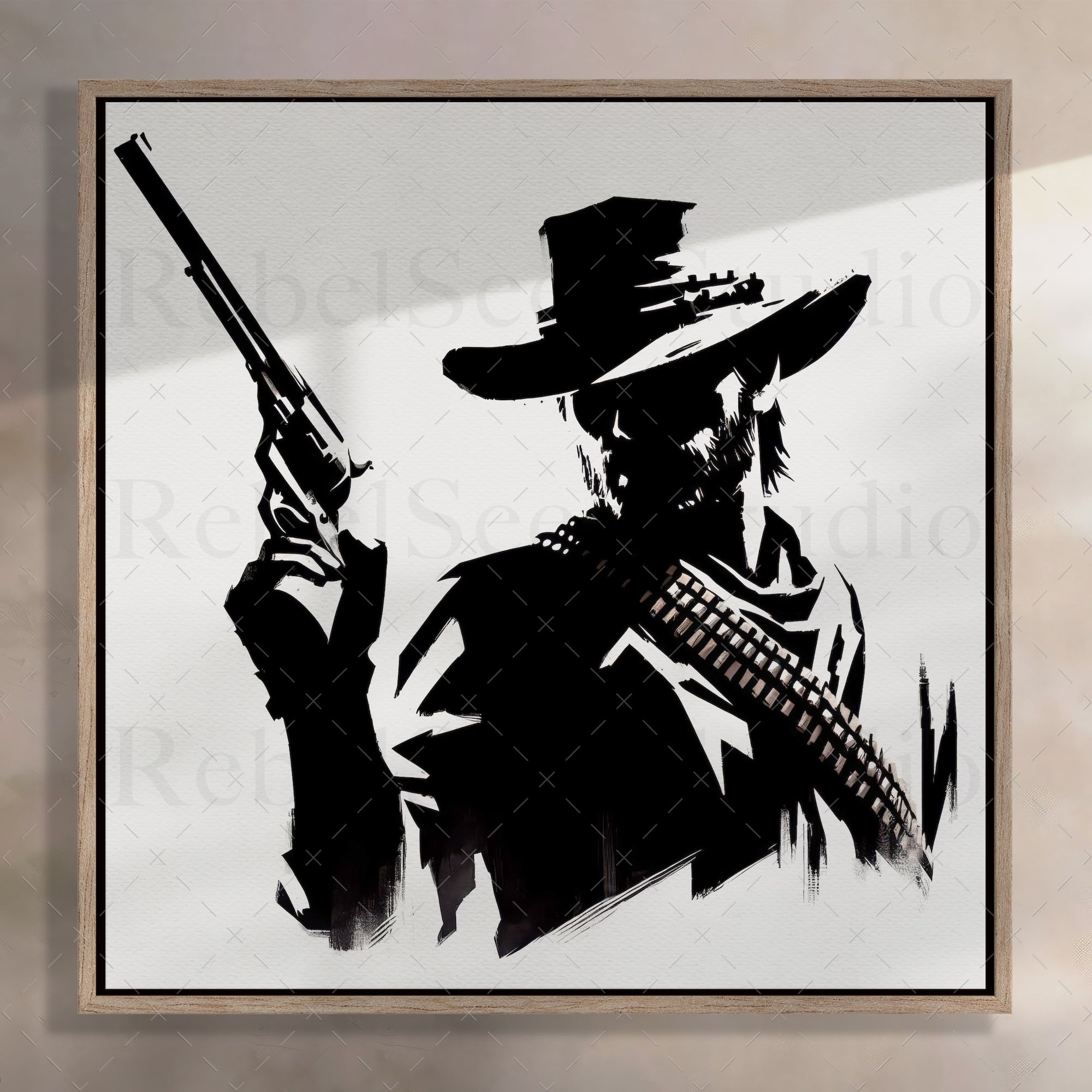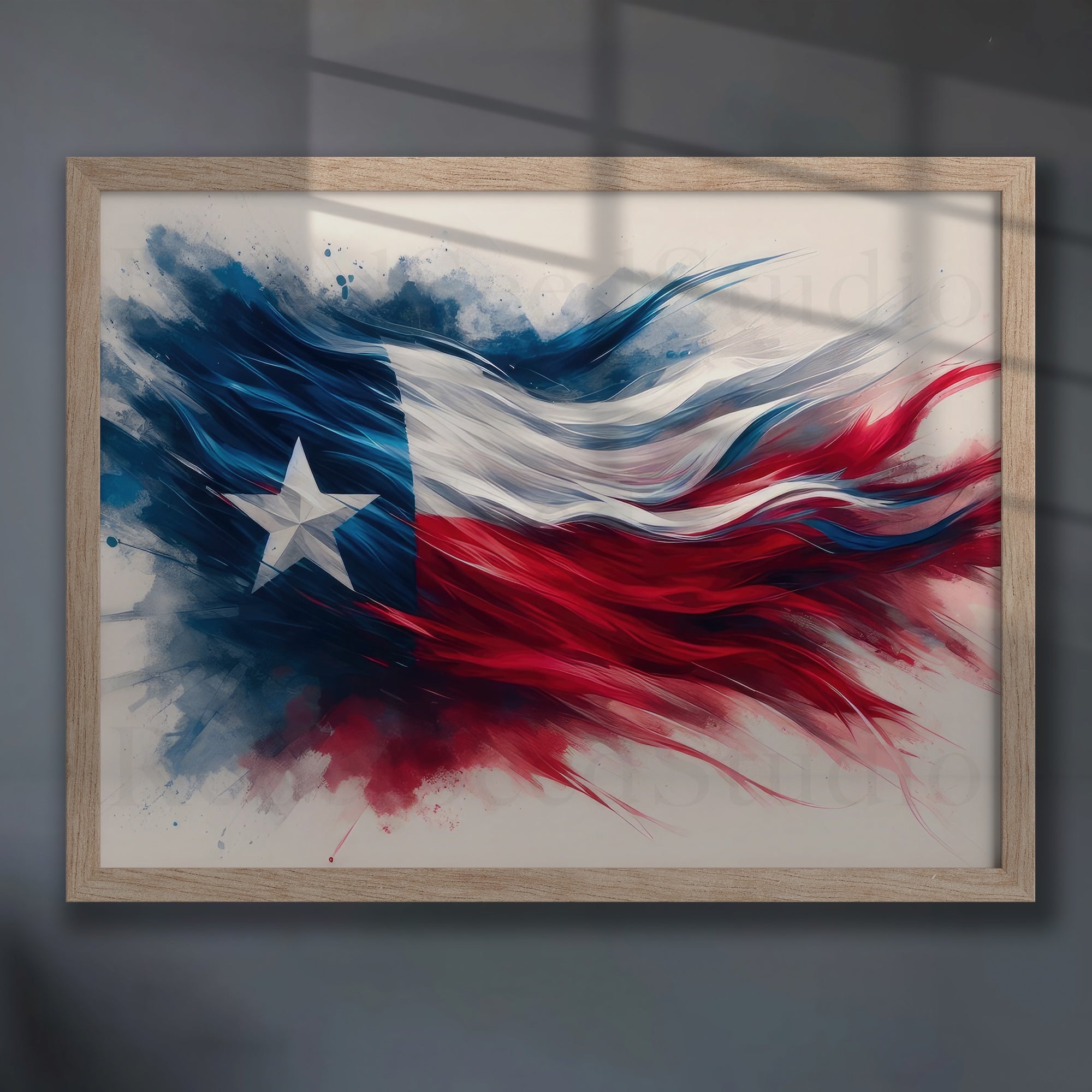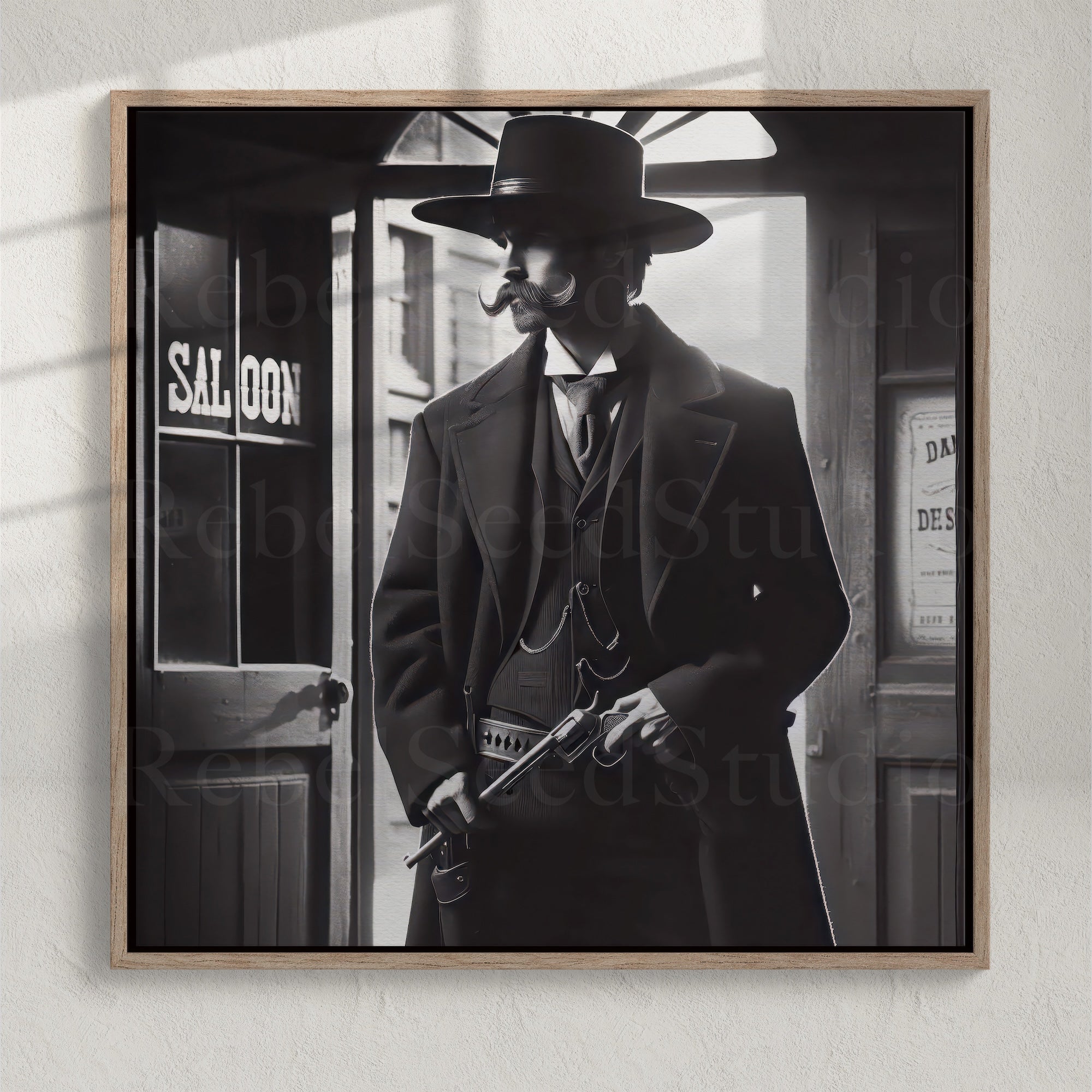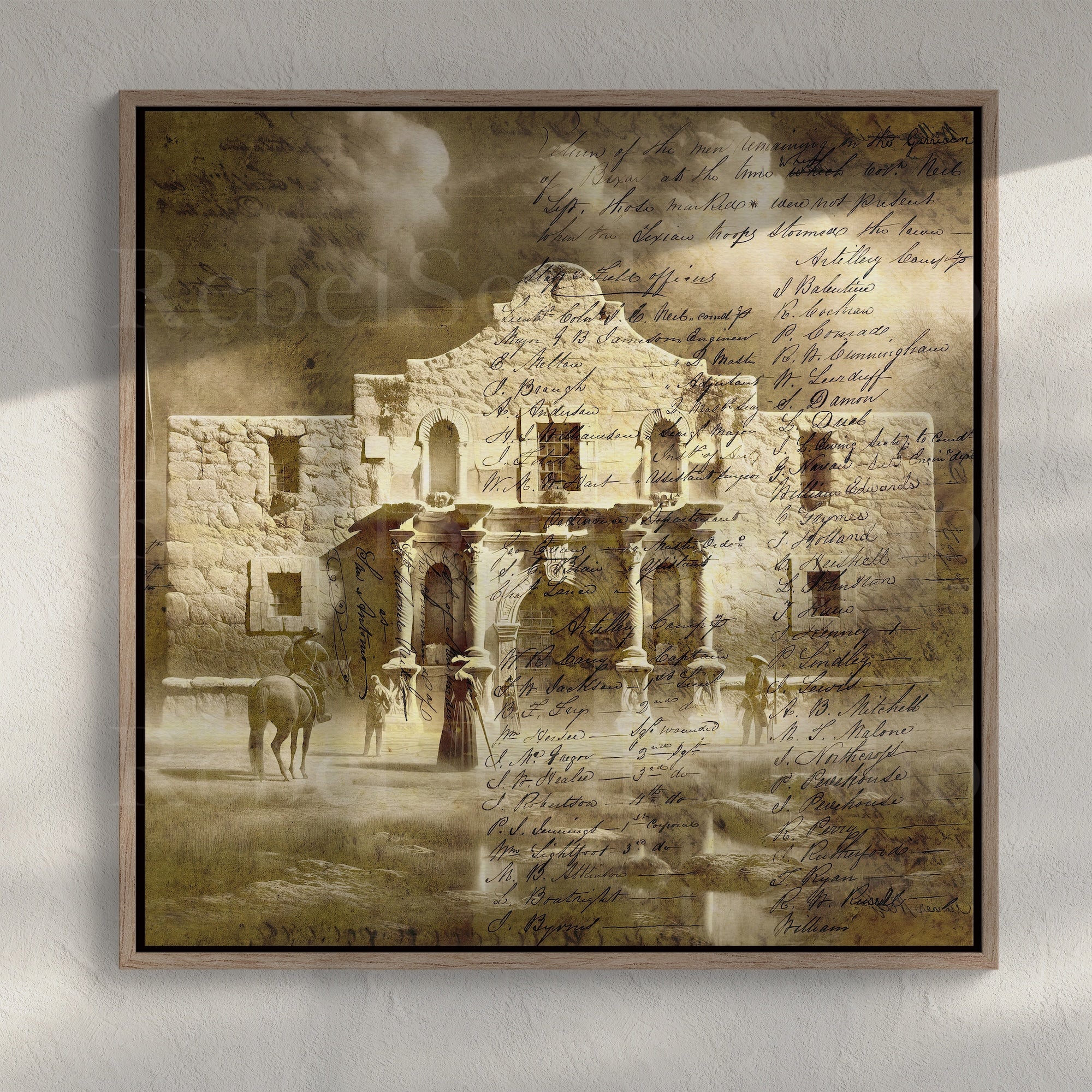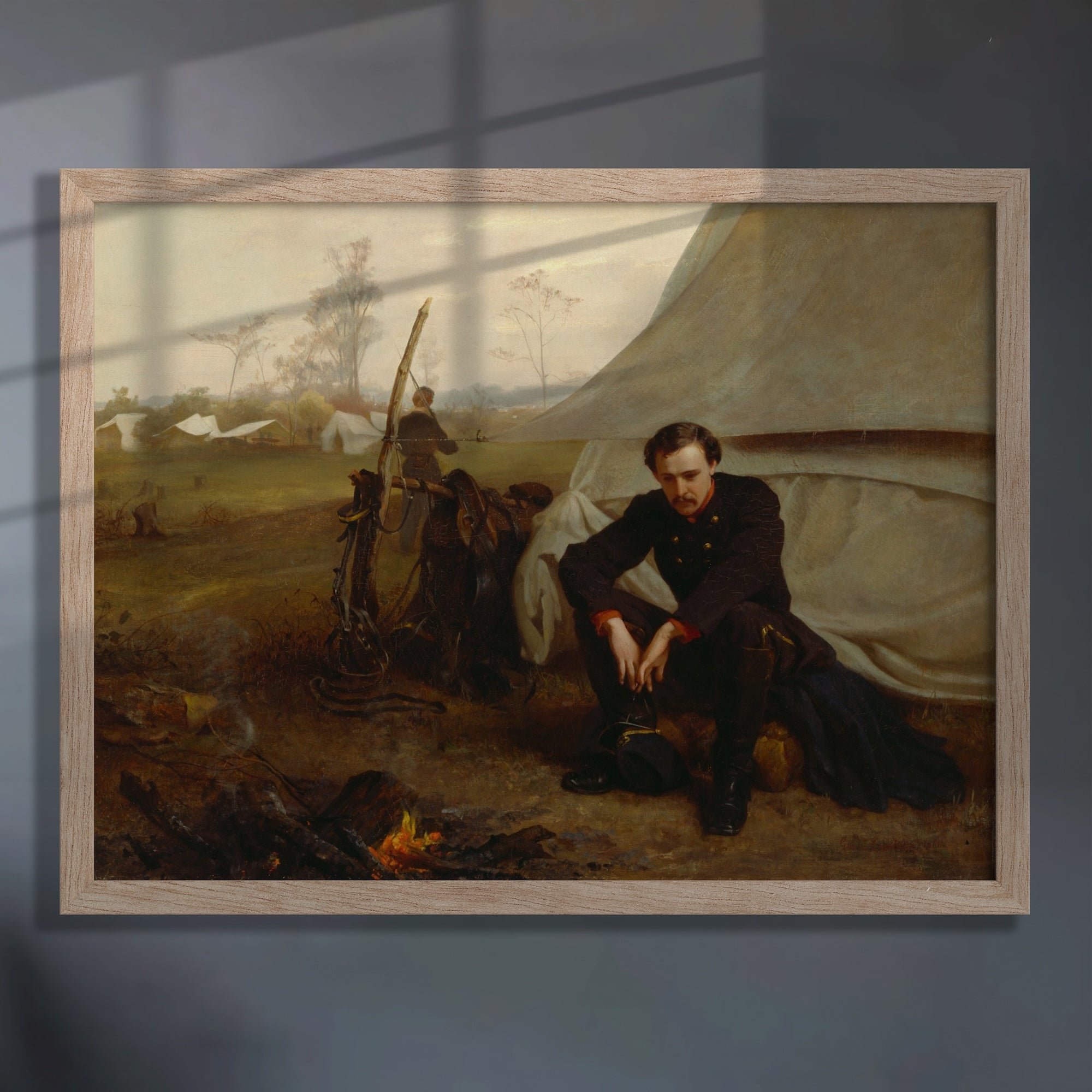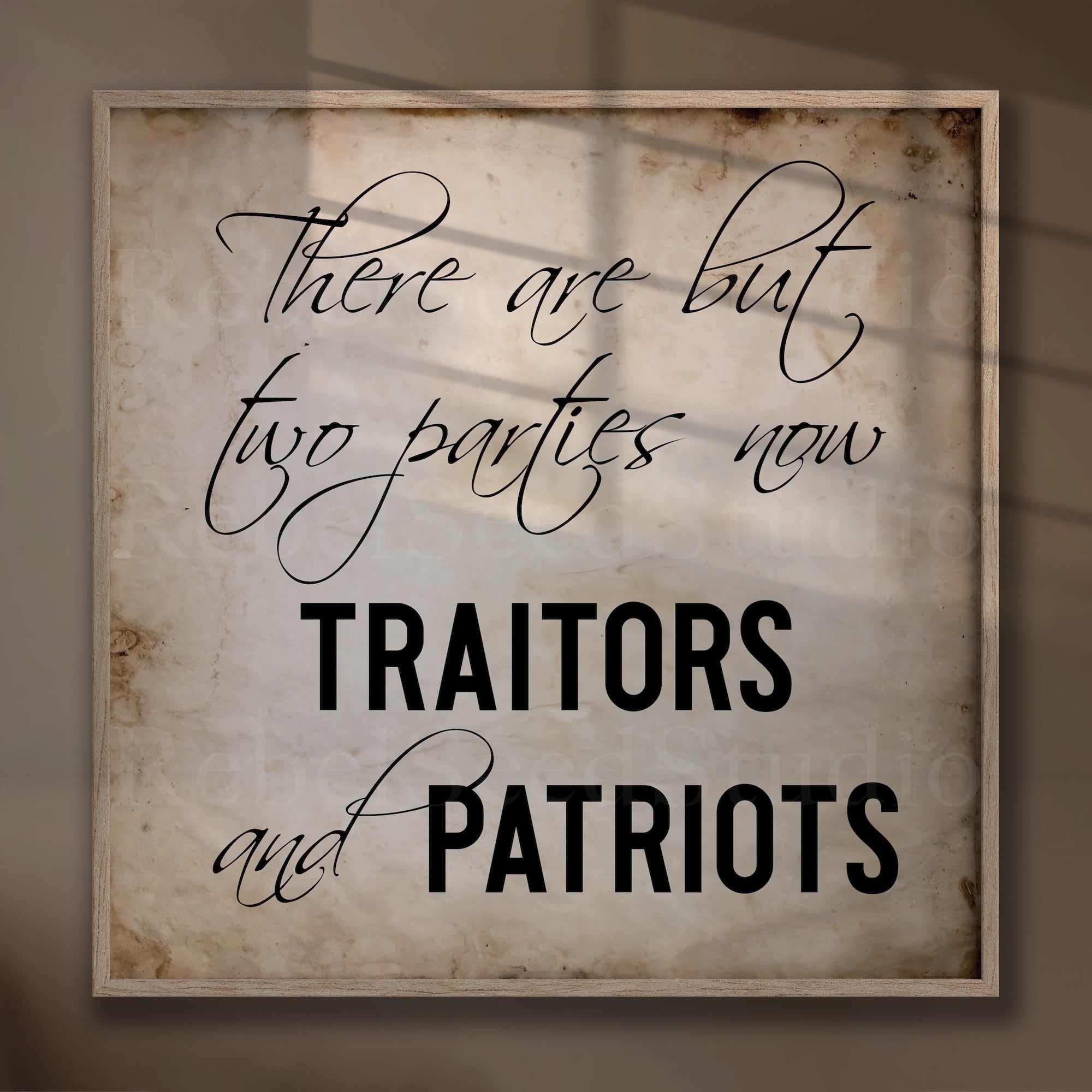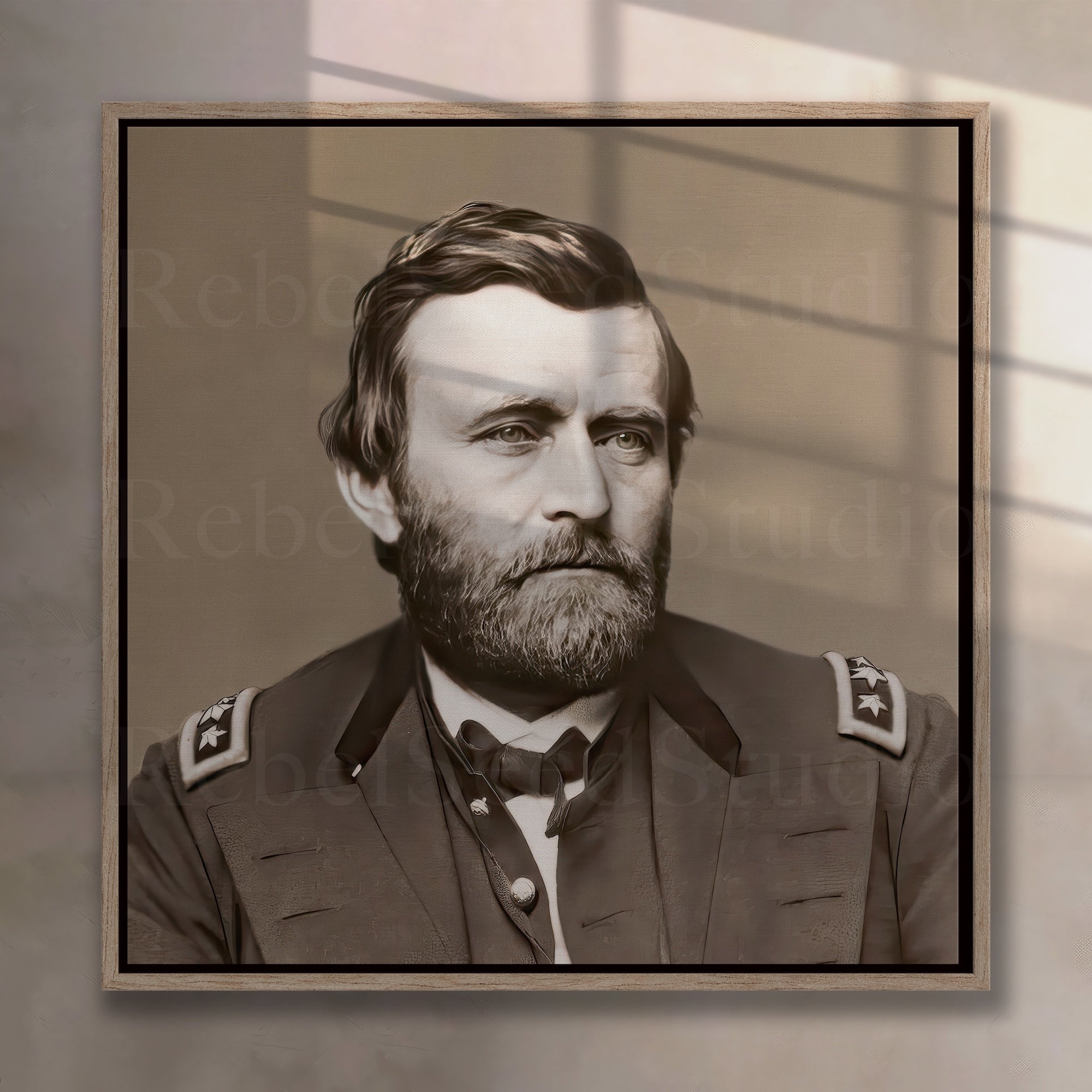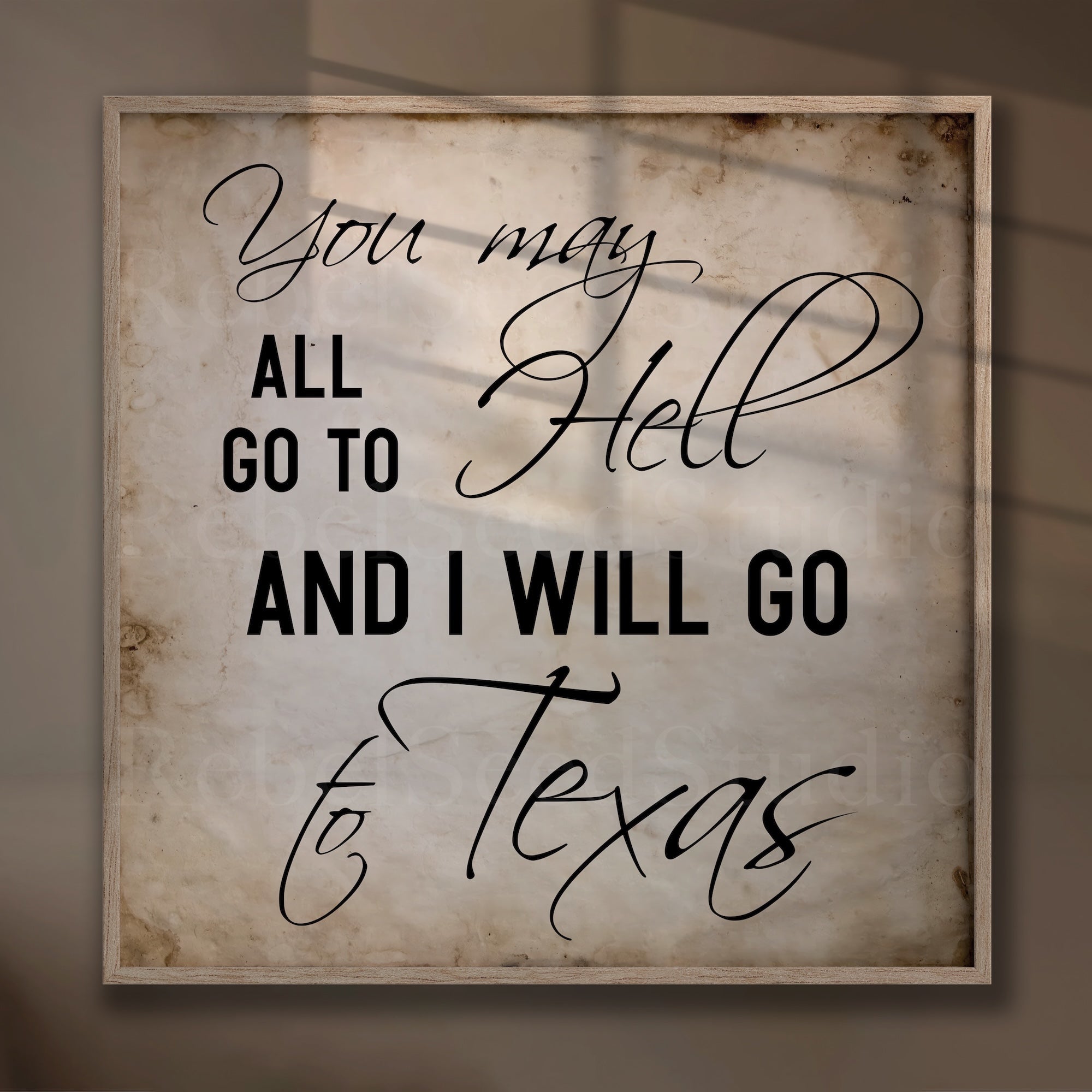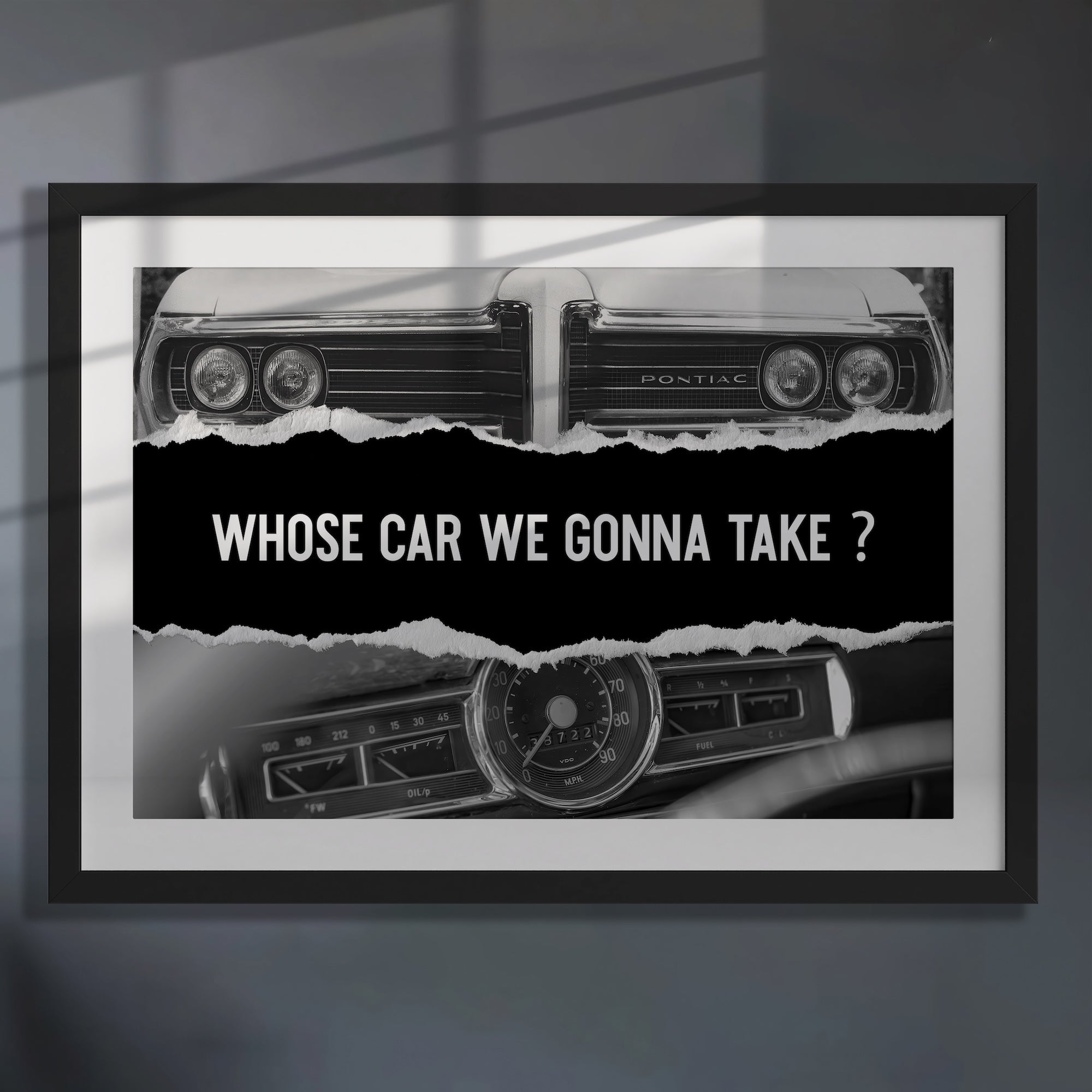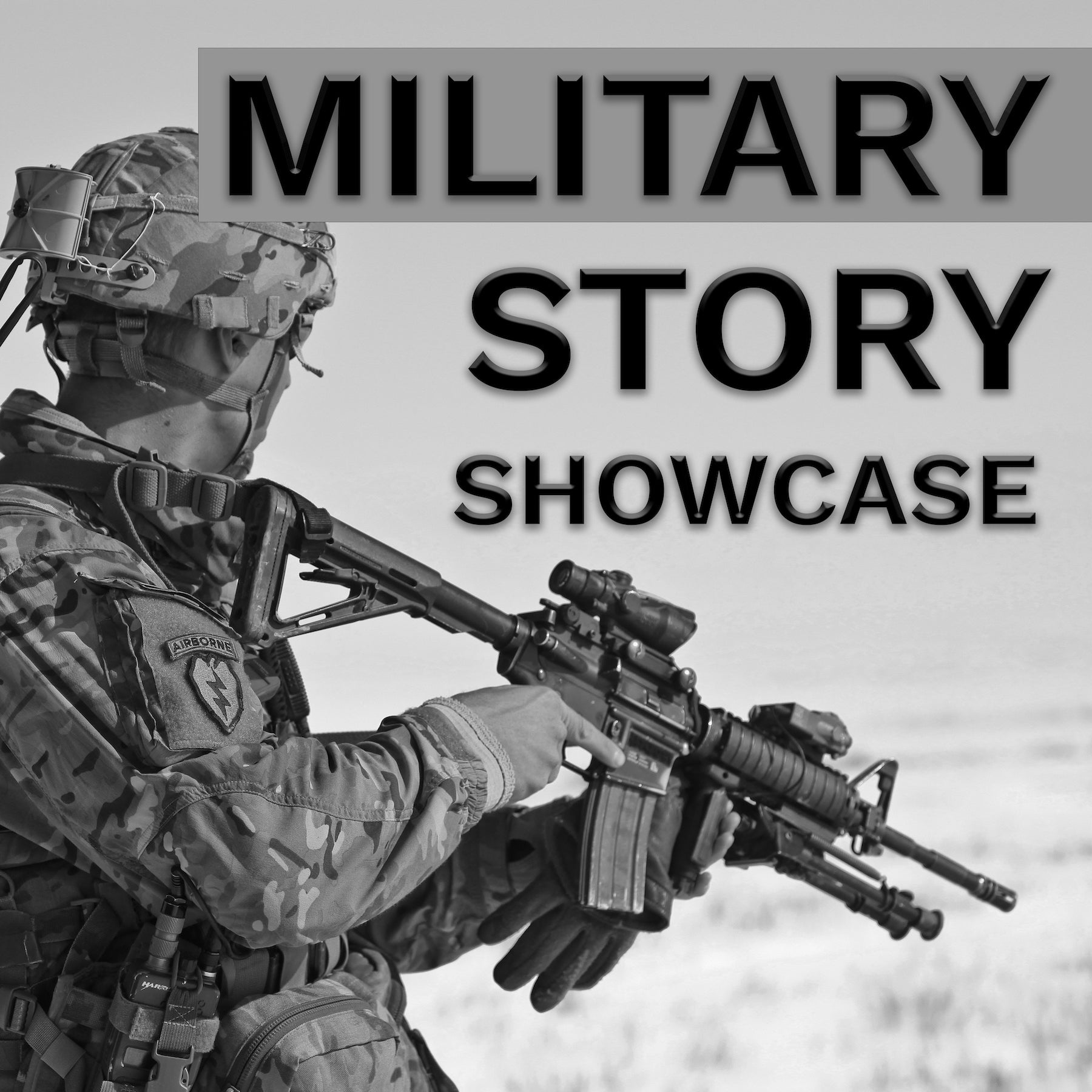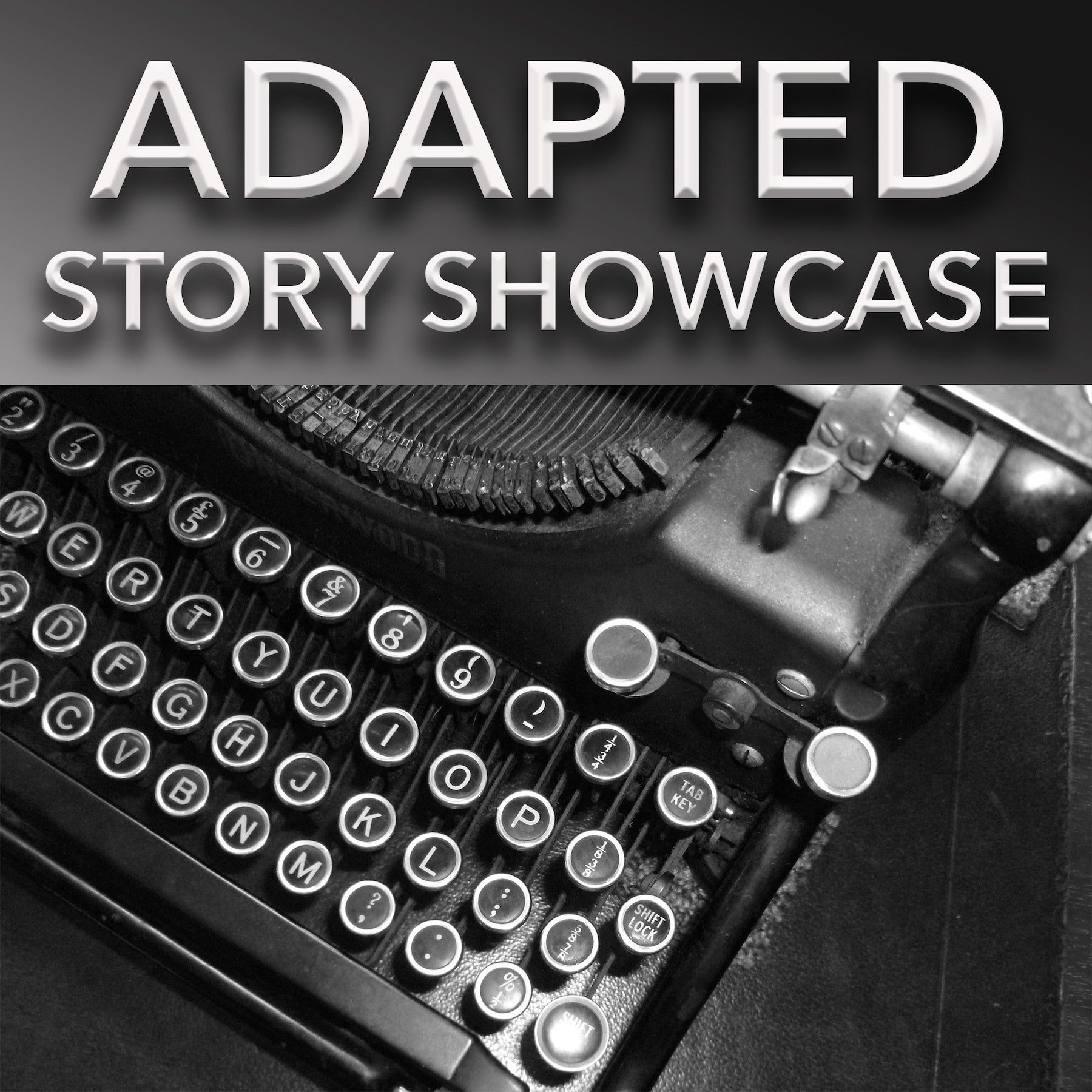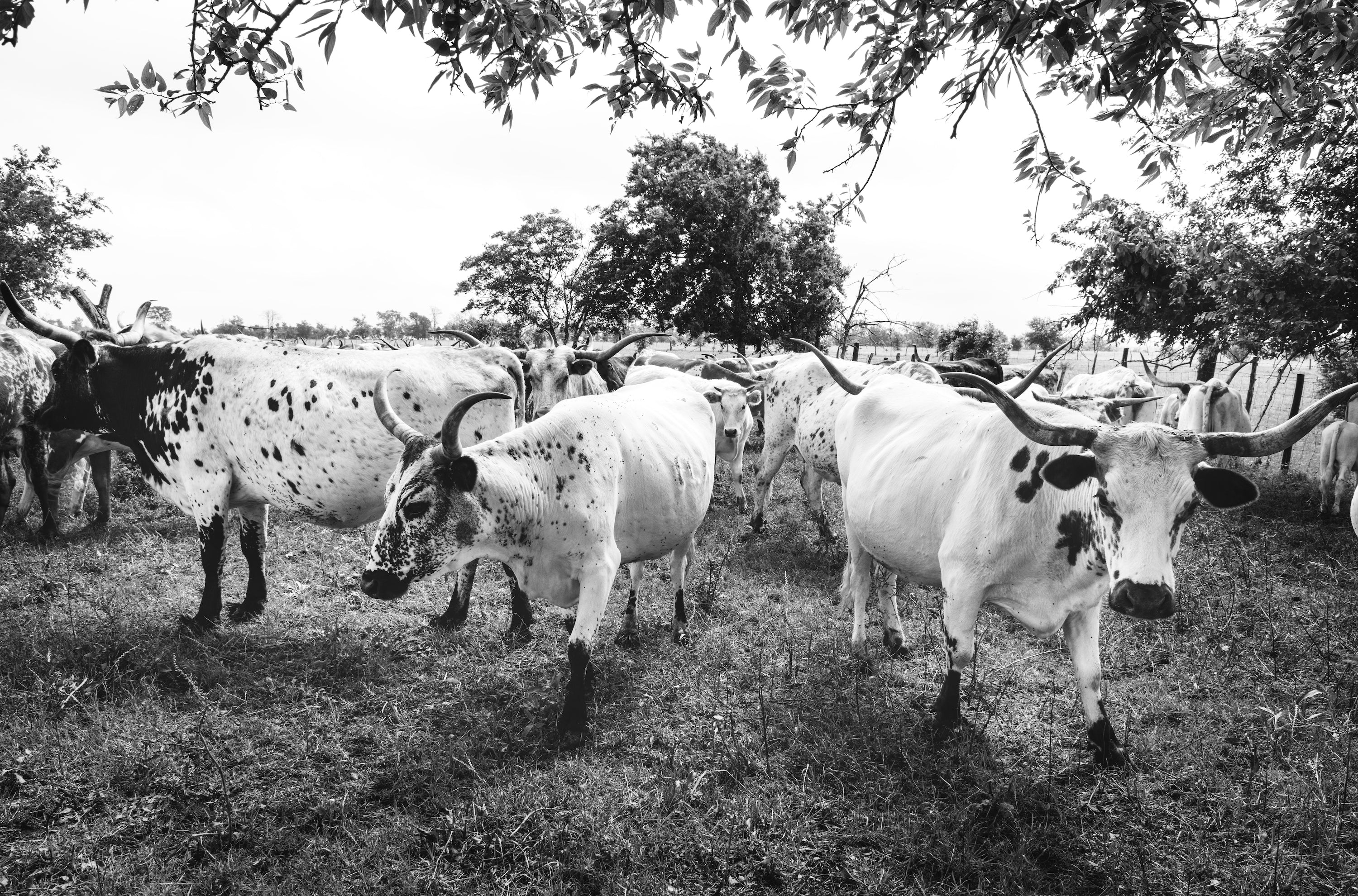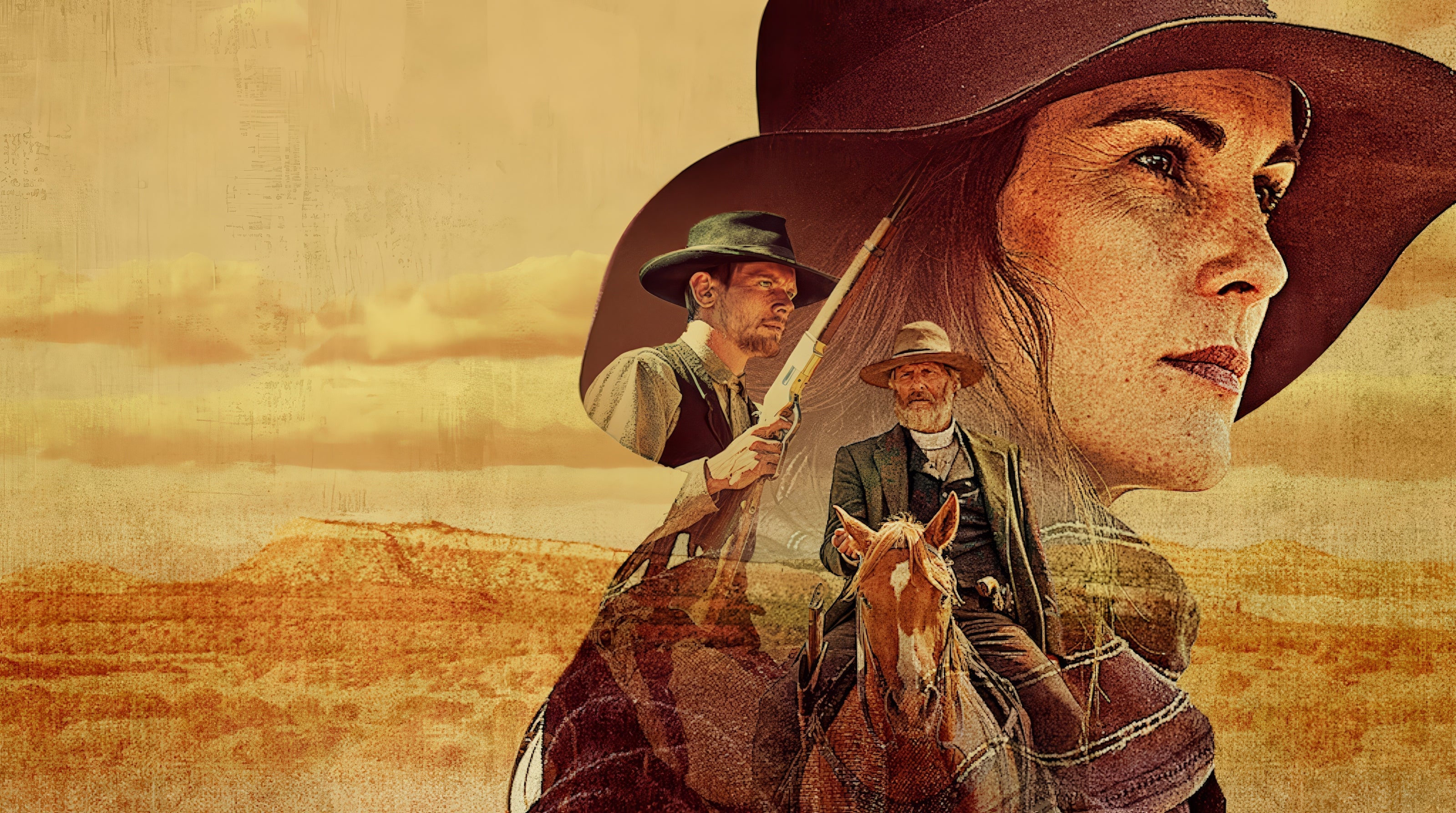
Shotguns and Stagecoaches: The Brave Men Who Rode for Wells Fargo in the Wild West (Book Notes)
Shotguns and Stagecoaches by John Boessenecker chronicles the courageous men who served as shotgun messengers for Wells Fargo during the tumultuous years of the American West. These shotgun messengers, often portrayed as unsung heroes, were tasked with the high-risk job of guarding stagecoaches and trains carrying valuable cargo like gold, silver, and cash across dangerous, lawless territories. Boessenecker weaves together a series of dramatic, real-life stories to illustrate how these men defended Wells Fargo’s property against ruthless outlaws, bandits, and Native American raiding parties.
The book delves into the lives of these brave men, describing their personal histories, motivations, and the daring actions that defined their careers. Figures like Johnny Slaughter, James B. Hume, and Fred Dodge are brought to life through detailed historical accounts, showing how their skill, bravery, and often-violent confrontations helped shape the American frontier. These men faced frequent threats of ambushes and robberies, where law enforcement was sparse, and justice was often meted out at gunpoint. The phrase "riding shotgun" originated from these messengers, who literally sat beside the driver of the stagecoach with a shotgun, ready to defend against attacks.
Boessenecker explores some of the most infamous stagecoach robberies and the legendary outlaws who committed them, including Black Bart and the Dalton Gang. He explains how these shotgun messengers worked closely with law enforcement, sometimes transitioning into roles as detectives to track down bandits who had successfully robbed Wells Fargo stagecoaches. The pursuit of justice often turned into high-stakes manhunts through treacherous and unforgiving landscapes.
The author also addresses the larger historical context of Wells Fargo’s role in the development of the American West. As a powerful financial and transport company, Wells Fargo became a target for criminals, but its reliance on these brave shotgun messengers helped the company maintain its reputation for reliability and security in dangerous times. The book presents an interesting juxtaposition between the corporate ambition of Wells Fargo and the individual bravery of the men who protected its assets.
Book Notes:
- One of the book's strongest aspects is Boessenecker’s detailed research. Drawing from a wealth of primary sources, including letters, newspaper articles, and court records, Shotguns and Stagecoaches offers an authentic glimpse into the Wild West and the role of Wells Fargo’s shotgun messengers. The depth of historical context and the vividness with which Boessenecker describes individual incidents add a sense of immediacy to the narrative.
- Many books on the American West tend to focus on famous outlaws or lawmen, but Boessenecker shines a light on the lesser-known shotgun messengers who played an essential role in the security of the frontier. Figures like Johnny Slaughter and James Hume are not household names, but their courage and contributions to the West’s development are compellingly portrayed. This focus on "the brave men who rode for Wells Fargo" offers a fresh perspective in Western history.
- Boessenecker writes with a flair for storytelling that keeps the reader engaged, especially in the accounts of stagecoach robberies and shootouts. The high-stakes confrontations between outlaws and shotgun messengers read like scenes from an action-packed Western movie, though they are rooted in historical fact. Boessenecker's descriptions of gunfights, ambushes, and daring escapes are suspenseful and thrilling, offering readers a sense of the danger these men faced daily.
- The book doesn’t just focus on the individual heroes but also provides insights into the larger role Wells Fargo played in the expansion of the American West. Boessenecker explains how Wells Fargo’s stagecoaches were central to the economic and social development of the region, connecting remote areas with burgeoning urban centers and providing a critical service in the form of safe transportation of goods and people. This backdrop adds another layer of interest to the narrative.
SUMMARY: Shotguns and Stagecoaches: The Brave Men Who Rode for Wells Fargo in the Wild West is an action-filled and highly detailed account of the often-overlooked heroes of the American West. The shotgun messengers who risked their lives to protect Wells Fargo’s valuables are brought vividly to life through author John Boessenecker’s meticulous research and gripping storytelling. For readers interested in the true history of the American frontier, and especially those fascinated by the lesser-known figures of the Wild West, Shotguns and Stagecoaches offers a fresh and thrilling perspective on a critical era in American history.
Get the Book: Digital Book (Apple Books) | Audiobook (Apple Books)


